Marcin Straczkiewicz
A 'one-size-fits-most' walking recognition method for smartphones, smartwatches, and wearable accelerometers
Jul 15, 2022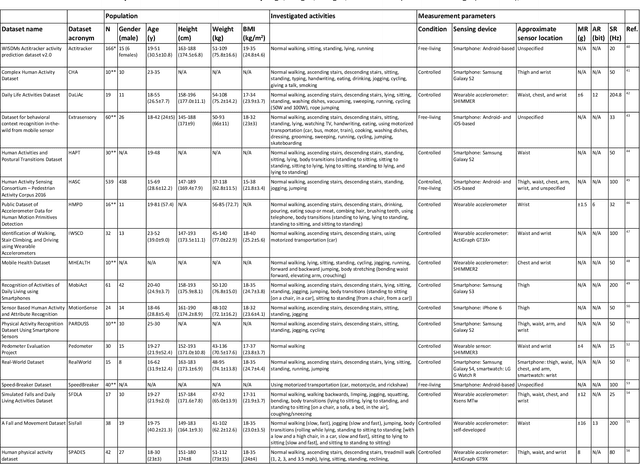
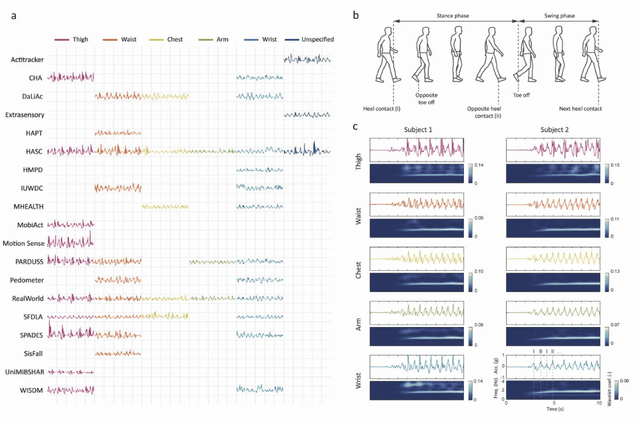
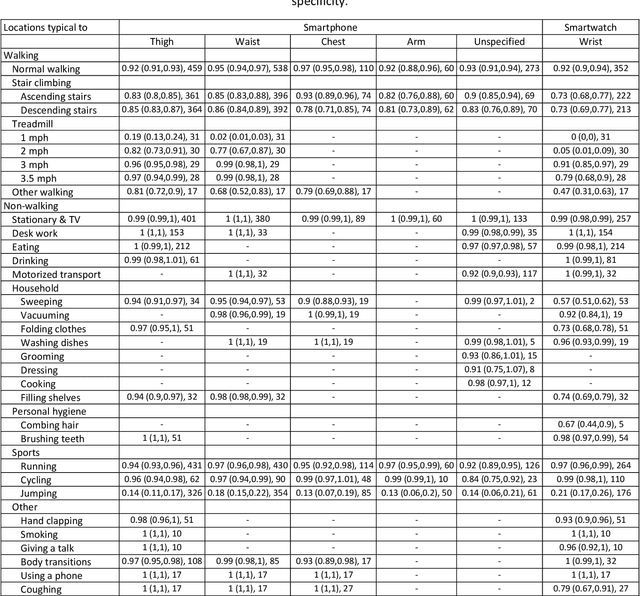
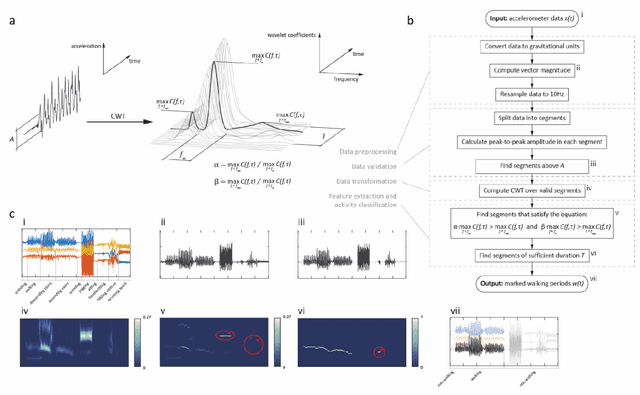
Abstract:The ubiquity of personal digital devices offers unprecedented opportunities to study human behavior. Current state-of-the-art methods quantify physical activity using 'activity counts,' a measure which overlooks specific types of physical activities. We proposed a walking recognition method for sub-second tri-axial accelerometer data, in which activity classification is based on the inherent features of walking: intensity, periodicity, and duration. We validated our method against 20 publicly available, annotated datasets on walking activity data collected at various body locations (thigh, waist, chest, arm, wrist). We demonstrated that our method can estimate walking periods with high sensitivity and specificity: average sensitivity ranged between 0.92 and 0.97 across various body locations, and average specificity for common daily activities was typically above 0.95. We also assessed the method's algorithmic fairness to demographic and anthropometric variables and measurement contexts (body location, environment). Finally, we have released our method as open-source software in MATLAB and Python.
A systematic review of human activity recognition using smartphones
Oct 07, 2019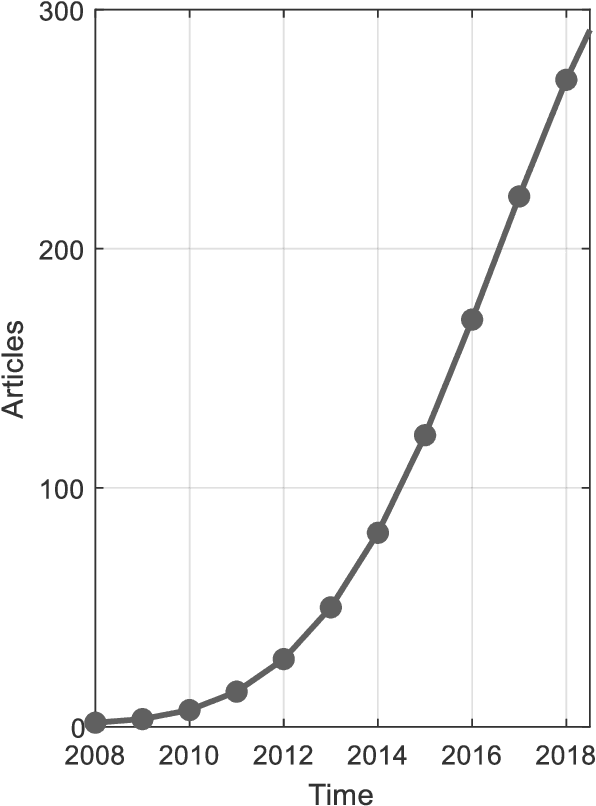
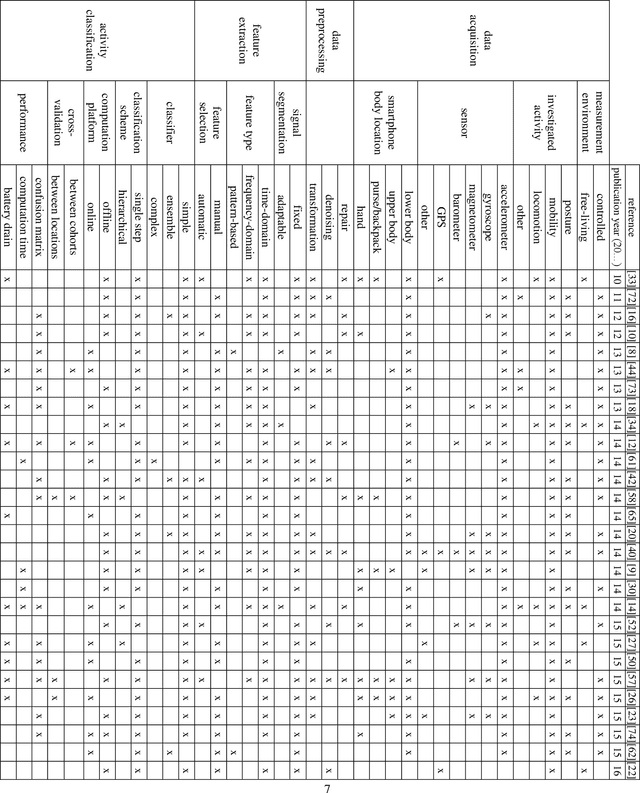
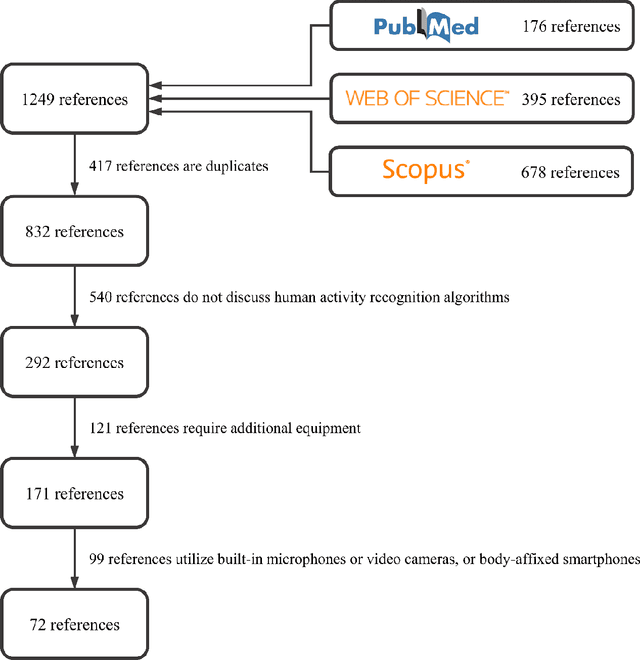
Abstract:Smartphones have become a global communication tool and more recently a technology for studying human behavior. Given their numerous built-in sensors, smartphones are able to capture detailed and continuous observations on activities of daily living. However, translation of measurements from these consumer-grade devices into research-grade physical activity patterns remains challenging. Over the years, researchers have proposed various human activity recognition (HAR) systems which vary in algorithmic details and statistical principles. In this paper, we summarize existing approaches to smartphone-based HAR. We systematically screened the literature on Scopus, PubMed, and Web of Science in the areas of data acquisition, data preprocessing, feature extraction, and activity classification. We ultimately identified 72 articles on smartphone-based HAR. To provide an understanding of the literature, we discuss each of these areas separately, identify the most common practices and their alternatives, and propose possible future research directions for this interesting and important field.
 Add to Chrome
Add to Chrome Add to Firefox
Add to Firefox Add to Edge
Add to Edge